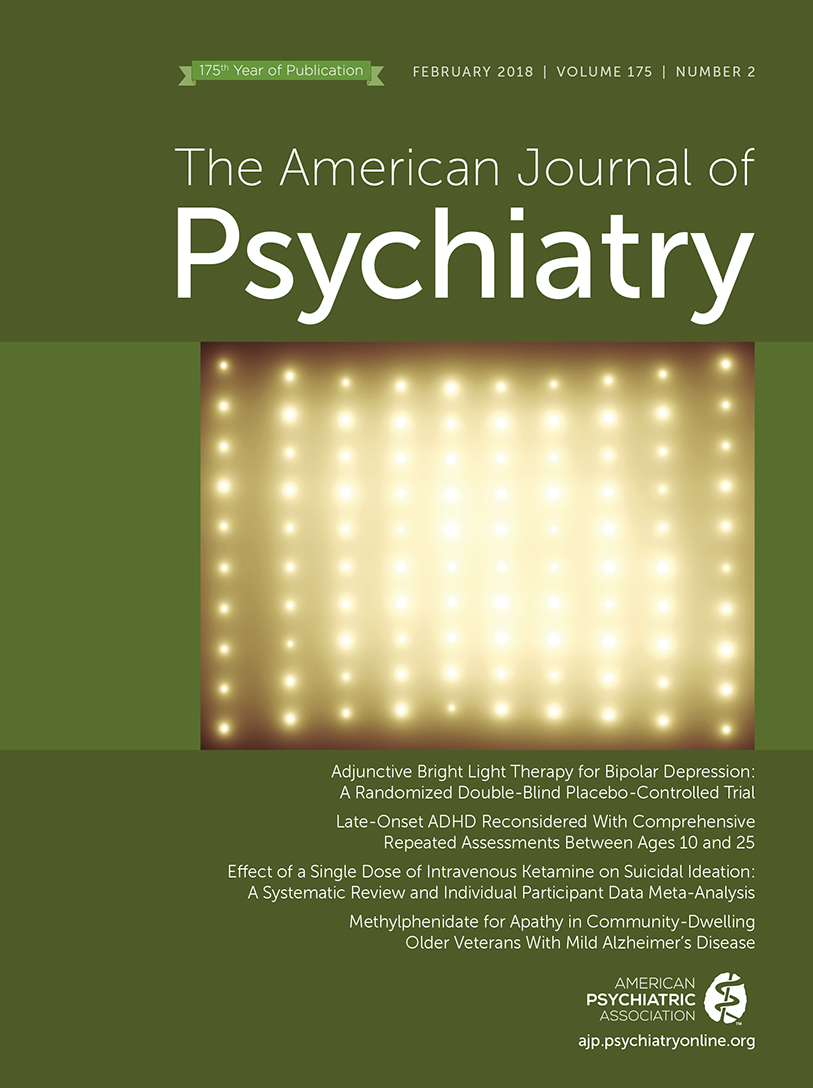The Neurodevelopmental Basis of Early Childhood Disruptive Behavior: Irritable and Callous Phenotypes as Exemplars
Abstract
The arrival of the Journal's 175th anniversary occurs at a time of recent advances in research, providing an ideal opportunity to present a neurodevelopmental roadmap for understanding, preventing, and treating psychiatric disorders. Such a roadmap is particularly relevant for early-childhood-onset neurodevelopmental conditions, which emerge when experience-dependent neuroplasticity is at its peak. Employing a novel developmental specification approach, this review places recent neurodevelopmental research on early childhood disruptive behavior within the historical context of the Journal. The authors highlight irritability and callous behavior as two core exemplars of early disruptive behavior. Both phenotypes can be reliably differentiated from normative variation as early as the first years of life. Both link to discrete pathophysiology: irritability with disruptions in prefrontal regulation of emotion, and callous behavior with abnormal fear processing. Each phenotype also possesses clinical and predictive utility. Based on a nomologic net of evidence, the authors conclude that early disruptive behavior is neurodevelopmental in nature and should be reclassified as an early-childhood-onset neurodevelopmental condition in DSM-5. Rapid translation from neurodevelopmental discovery to clinical application has transformative potential for psychiatric approaches of the millennium.
[AJP at 175: Remembering Our Past As We Envision Our Future
November 1938: Electroencephalographic Analyses of Behavior Problem Children
Herbert Jasper and colleagues found that brain abnormalities revealed by EEG are a potential causal factor in childhood behavioral disorders. (Am J Psychiatry 1938; 95:641–658)]



